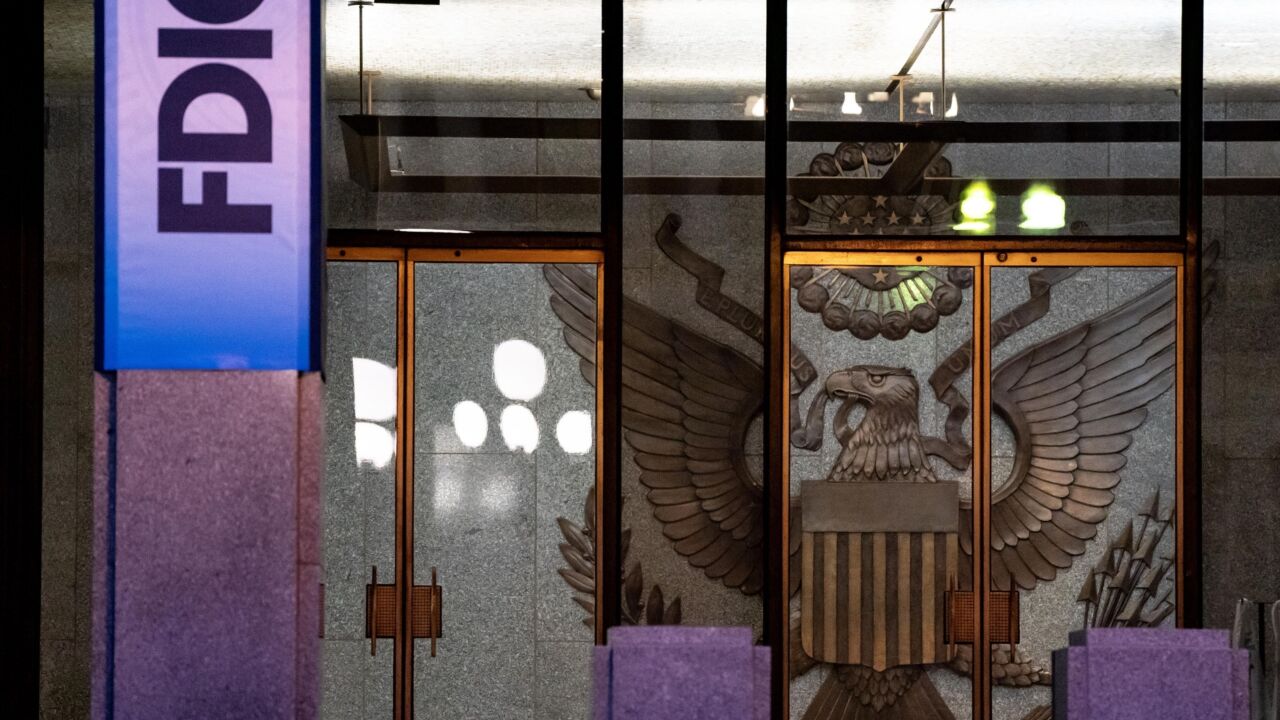Until recently, retailers have generally been relaxed in their efforts to launch e-commerce in the Middle East in proportion to their efforts across the rest of the globe.
However, while most transactions are still cash-based, there has been a noticeable increase in electronic payments over the last couple of years, driven by both new technology and infrastructure, alongside an increasingly, dynamic, young, internet and mobile savvy population. And certain cash payment models are indirectly playing a role.
While goods and services are increasingly ordered online, cash on delivery (COD) is still the preferred method of payment – due mostly to consumer apprehension around product quality and online fraud. But cash on delivery is instrumental in growing e-commerce in the region; consumers see it as convenient and critical for building trust, especially when ordering from lesser known brands or independent stores.

However, for merchants, it remains the proverbial thorn in the side due to the lag time between the order and payment, high return rates and the need for delivery couriers to carry cash – a risk in itself. In some countries, the gender role restrictions on interactions between unrelated men and women severely complicate delivery, whereby most women will not answer the door to men unknown to them.
Online shopping has grown by 1,500% in this region over the last decade according to Mastercard; and shows no evidence of slowing down, with the value of the market forecasted to reach well in excess of USD 10 billion by 2018 (eMarketer).
Regardless of the apparent issues, according to the State of Payments report published by PayFort in 2015, COD continues to dominate other payment methods. Dependent on country, between one and six per cent of payments are made by PayPal, online purchases by credit card hit 39% in UAE, where they are at their most popular, while mobile payments are yet to exceed 4% penetration overall.
COD however, at its least popular, is still used by 41% of consumers in Kuwait, just over half the shoppers in UAE at 51%, and reaches to the highs of 72% at its most popular in Egypt. Interestingly, the same survey found that of the total number of people who shop online in the UAE, 59% are men and 41% are women, while in the Saudi Arabia male online shoppers stand at 61% compared to 39% female.
PayFort valued the region’s e-commerce market value at $7 billion in 2014, and estimates it will touch $13.4 billion by 2020. In the UAE alone, the share of B2C e-commerce on total retail sales of goods is forecasted to triple between 2014 and 2019 (eMarketer). Mobile commerce is predicted to play a significant role in this growth throughout the region. Smartphone penetration is high in the UAE and Saudi Arabia, who enjoy usage rates of 91% and 79% respectively (Ipsos). In fact, according to Mastercard the percentage of mobile and general internet users making online purchases ranges greatly, from 3% in Oman to a high of 95% in Kuwait. This disparity is predicted to level out as the availability of technology continues to grow.
The issue remains that although people are certainly shopping online, payments are being made using other channels. It is clear that the Middle East is not suddenly going to move away from COD in 2017, however the region has a young population with one of the highest global per capita internet penetration levels, so the online potential spend could prove to be transformational. The improvements to the payment ecosystem, ease of buying and the increase in both use and type of channel mean that consumers can now explore different avenues with which to pay, such as mobile or prepaid cards, and, as trust in these methods becomes strengthened, retailers and FIs can incentivise this behaviour.
It is only a matter of time before the growing number of people living online can begin to fully appreciate and grow comfortable with the benefits electronic payments can offer to their buying experience, such as speed, convenience and value for money. While behaviour shifts take time, the region is poised to become a key player in the global e-commerce market. A sure sign of this future success is the amount of interest and investment international payment gateways, e-commerce giants and retailers are currently demonstrating in this geography, so watch this space.





